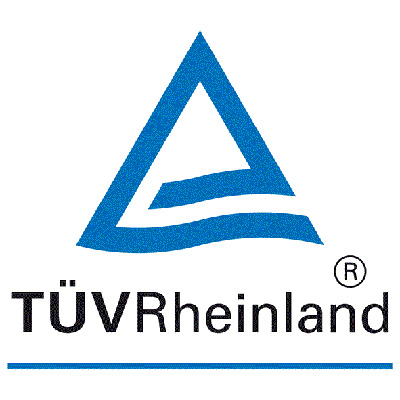Machine Vision

Optical filters and machine vision are two technologies that work in tandem to enhance the performance of vision systems used in various industries. Machine vision involves using cameras, sensors, and algorithms to capture and analyze images in real-time, while optical filters are used to selectively filter out certain wavelengths of light from entering the camera lens.
Optical filters can be used to improve image quality, increase contrast, and reduce noise in machine vision applications. Filters can be used to eliminate unwanted glare, reflections, and other sources of interference that can distort images and affect accuracy. Optical filters can also be used to selectively highlight certain features of an image, making it easier for machine vision algorithms to detect and analyze them. For example, bandpass filters can be used to isolate specific wavelengths of light, which can be useful in identifying certain materials or defects in a product. Color filters can also be used to enhance color contrast and help distinguish between different objects in an image.
In addition, optical filters can be used to improve the accuracy and consistency of machine vision systems. By filtering out unwanted light and reducing noise, filters can help ensure that images are captured consistently, regardless of variations in lighting conditions. This can be particularly important in applications where precise measurements or inspections are required.
The wavelength range of interest for machine vision applications typically depends on the type of imaging system and the objects being imaged. For example, visible light filters may be used for color imaging applications, while near-infrared (NIR) filters may be used for applications such as food inspection or medical imaging. The wavelength range of interest for NIR imaging typically ranges from about 700 nm to 1000 nm, with different filters optimized for different wavelength ranges within this spectrum.
With the advanced coating and well understanding of the application, Coligh could meet your machine vision optical filter demand on from 400-1000nm,



